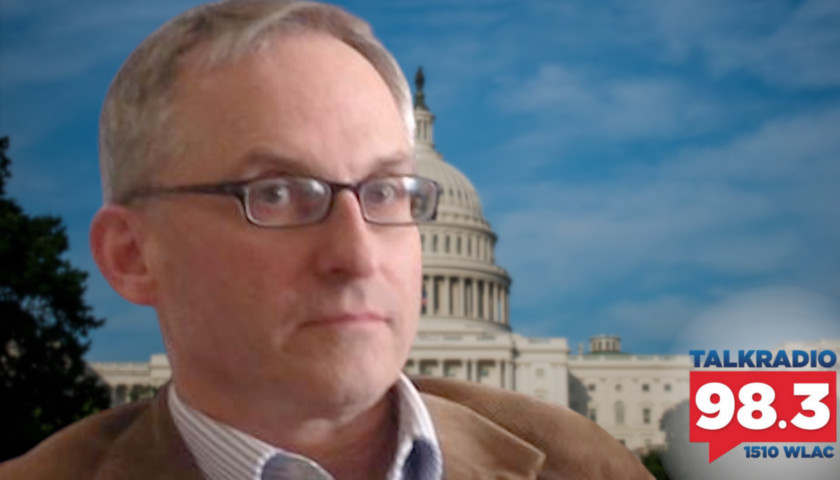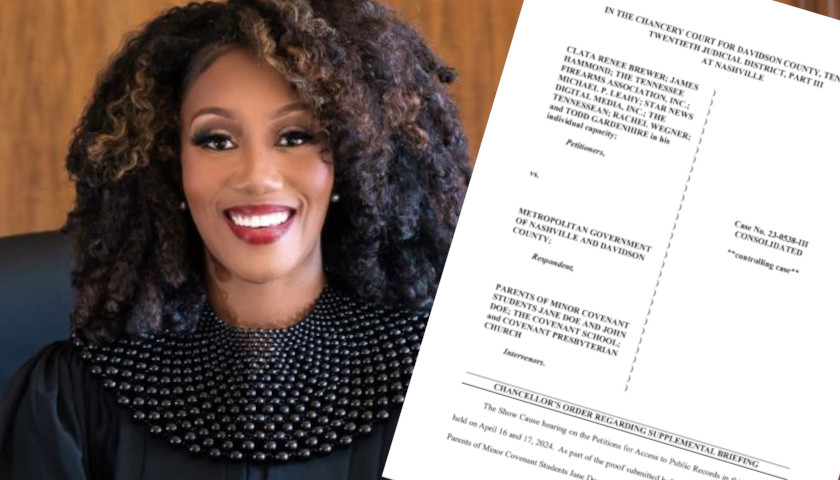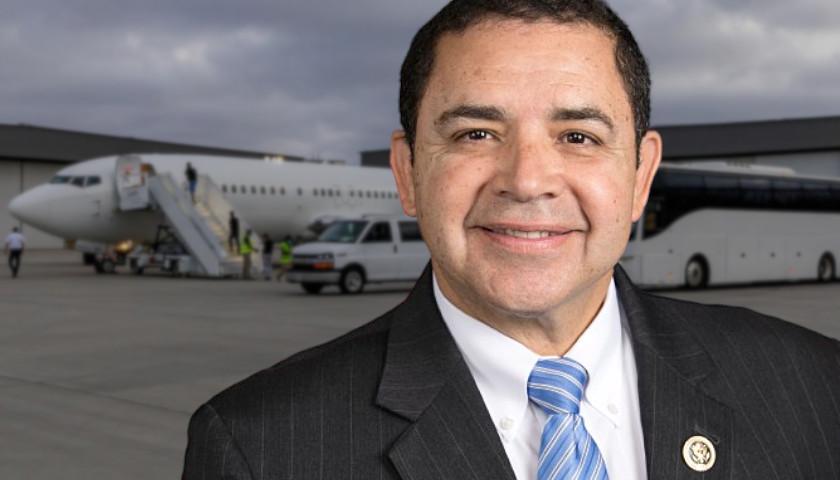Live from Music Row Thursday morning on The Tennessee Star Report with Michael Patrick Leahy – broadcast on Nashville’s Talk Radio 98.3 and 1510 WLAC weekdays from 5:00 a.m. to 8:00 a.m. – host Leahy welcomed John Murkowski of Real Clear Investigations to the newsmakers line to review his recent piece addressing the taxpayer-funded federal equity plans.
Leahy: In-studio with us all-star panelist, Roger Simon. On the newsmaker line right now is John Murawski of Real Clear Investigations. Good morning, John. Thanks for joining us.
Murawski: Hi. Good morning. How are you?
Leahy: We have a mutual friend, Liz Feld, and she writes at Real Clear Politics. We want to get into your story about equity plans that taxpayers are funding in federal government agencies. But tell us a little bit about yourself, John.
Murawski: Well, where do I start? I’m an immigrant to the United States. I was born in Poland. I grew up in Northern Virginia. I was in a PhD program in English literature, and I left with a masters. I lived in Peru for a while.
Leahy: John, when did you come to the U.S. from Poland?
Murawski: 1969, when I was 8 years old. So you can actually calculate my age.
Leahy: There you go. Now the PhD. thing, I was in a PhD. program for a while.
Simon: Me too.
Leahy: Roger was in as well. And I just couldn’t stand it, because when you go to undergraduate and you think great thoughts and you think “I’m going to do something really great.” And the PhD program that I was in was nothing but just looking at little, tiny little things.
Simon: Poison. They’re basically poison.
Leahy: What was your experience, John?
Murawski: Actually, what you’re describing is somewhat similar. Yes, I was very idealistic, and I love literature. When I got to grad school, it was different. One is that the workload is, of course, much heavier.
But I was working like 12-hour days and it wasn’t clear where it was leading. It wasn’t like I realized if you’re in business, engineering, accounting, or professional programs, you get job opportunities.
I was going home working construction jobs and living with my parents at home. And I saw no end to that. And then I saw where I’m going to end up working, bouncing around as an adjunct. And I was meeting people like that. It was just bouncing around.
Simon: Now you’re writing for one of the best places on the web, no question. Real Clear Politics.
Murawski: I feel very fortunate.
Leahy: Tell us about the title of this piece that you put up, John. Here are the 90-plus “equity plans” taxpayers are now funding across the federal government. How did you decide to look into this and what did you discover?
Murawski: Yes, the way I decided to look into it, my editor and I were talking about … we could see in the news that there were equity announcements being made. For example, the X gender marker on passports program.
Leahy: Hold on. What’s the X gender marker?
Murawski: Yes. So that is on your passport. You can have an M or an F if you’re a male or female. And the State Department is adding a third option, X, for people who are gender non-conforming or gender-fluid, queer, transgender, anywhere on the LGBTQIA+ nine-and-a-half spectrum.
Simon: Oh, my God.
Murawski: So you can have that option. We were thinking, is there a comprehensive list where we could see all of what they’re proposing, because they’re just sort of dribbling out piecemeals of these programs or these announcements.
I reread the executive order from January 2021. That executive order was introduced on day one when President Biden came into office on his first day.
And I noticed that in that executive order, it said in numerous places that all these agencies are going to be required by a certain date and they have deadlines to create equity action plans to outline their strategies to comply with this executive order.
And really, these equity action plans have two components. One component is what they plan to do internally within the agency, to make the agency more diverse and equitable, and the other is what they plan to do with their programs in American society or whatever their domain is, to make their domain more equitable and more diverse.
And so there are two elements. For example, the U.S. State Department, they have the agency, they have employees, they have offices and bureaus and divisions, and all that.
But also their domain is diplomacy. So their domain is the entire world; the environmental protection agency, the domain of that agency is the natural habitat.
Simon: Cut to the chase. What’s the number behind this? How much are we paying for this?
Murawski: I put in a request to get those reports, and they actually put them up. They just released them online. They just posted them online and told me that they’re all now online. So I started reading them, and most of them are rather vague.
It looks like most of them don’t have their heart into this equity thing. They just cut-and-paste general boilerplate language about small-business contracting, procurement, and things like that. And they say we call this equity.
But a few of them, I think, are a little more gung-ho. Actually, the examples that I have in the article, right where they are, actually, what you would understand as equity, social justice kinds of programs. Most of them are vague. But however, Biden called this a generational undertaking.
Leahy: Let me ask you a question about this executive order signed in January 2021. He was inaugurated at noon; before midnight, he signed this thing. And it’s called Executive Order on Advancing Racial Equity and Support for Underserved Communities Through the Federal Government.
First line: “By the authority vested in me as president by the Constitution and the laws of the United States of America, is hereby ordered …” And they go through all this long stuff. Has anybody challenged the constitutionality of the executive order?
Murawski: Hmmm. I’m not aware of that. It could happen at a lot of different levels, administratively, but I’m not aware of anyone challenging the executive order itself.
Listen to the interview:
– – –
Tune in weekdays from 5:00 – 8:00 a.m. to The Tennessee Star Report with Michael Patrick Leahy on Talk Radio 98.3 FM WLAC 1510. Listen online at iHeart Radio.
Photo “John Murawski ” by John Murawski .








